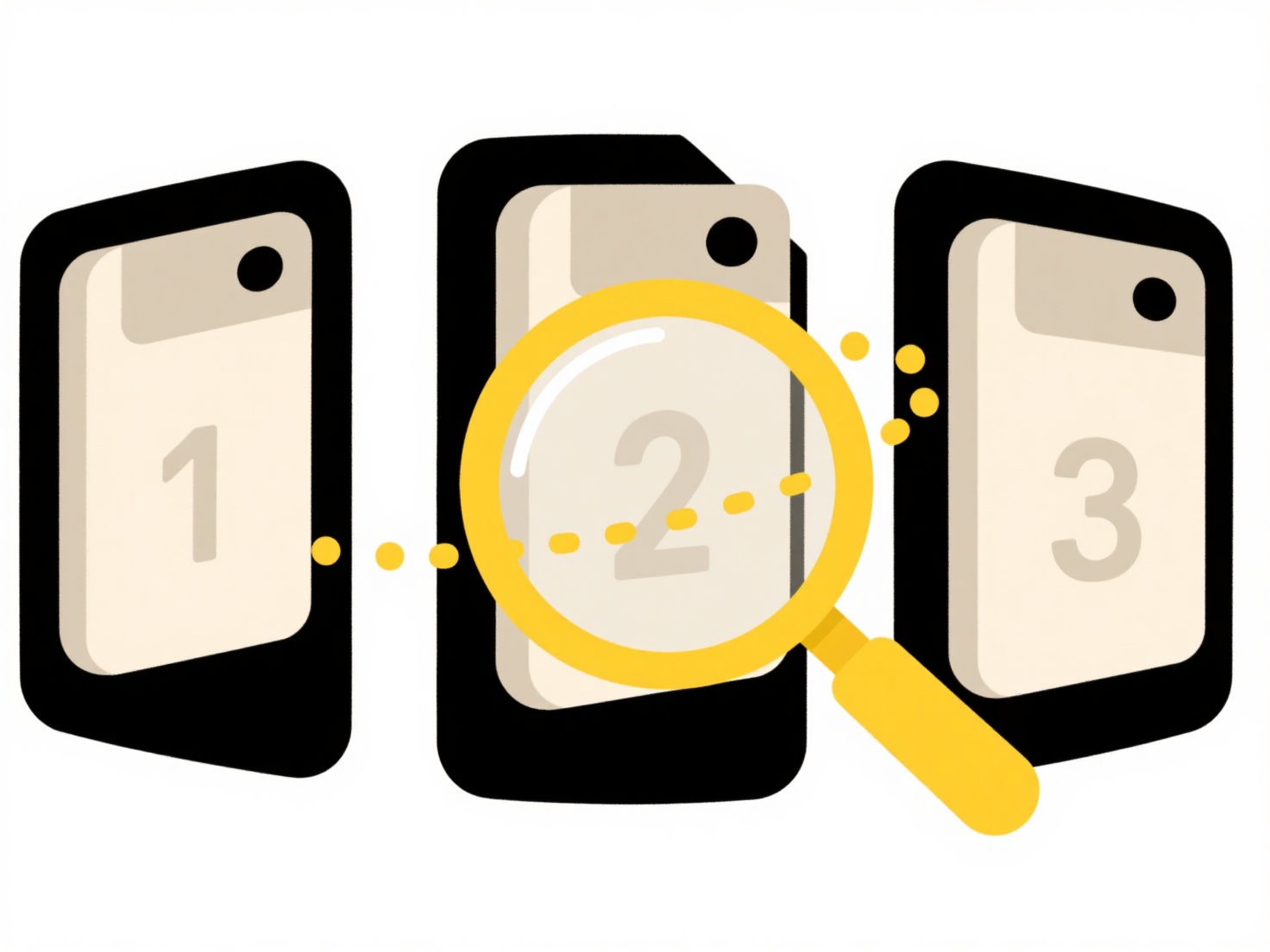
Cloud storage refers to saving files on remote servers accessed via the internet (e.g., Dropbox, Google Drive, Microsoft OneDrive). While cloud providers typically employ basic antivirus scanning for files uploaded to their platform, this primarily protects their infrastructure. It doesn't replace antivirus on your local device. Malicious files you download from the cloud to your computer, or malware lurking on your device before you upload something, bypass the cloud service's scan.
Consider two practical examples: First, if you receive an infected email attachment and save it directly to your cloud sync folder, the malware resides locally and potentially syncs to the cloud. Second, shared collaborative documents in the cloud might contain malicious macros unknowingly uploaded by another user; when you download it to edit, your local antivirus is the key defense point. Cloud providers' scans generally target widespread threats at rest on their servers.

Cloud security relies on a shared responsibility model. Providers secure the infrastructure, but safeguarding your endpoints (laptop, phone) is your duty. The key limitation is that cloud scans might miss encrypted files or novel zero-day threats. Your local antivirus protects against malware activated on your device during download, syncing, or opening a cloud-synced file. While cloud scans add a layer, robust protection requires antivirus on any device accessing the cloud.
Do I need antivirus for files stored in the cloud?
Cloud storage refers to saving files on remote servers accessed via the internet (e.g., Dropbox, Google Drive, Microsoft OneDrive). While cloud providers typically employ basic antivirus scanning for files uploaded to their platform, this primarily protects their infrastructure. It doesn't replace antivirus on your local device. Malicious files you download from the cloud to your computer, or malware lurking on your device before you upload something, bypass the cloud service's scan.
Consider two practical examples: First, if you receive an infected email attachment and save it directly to your cloud sync folder, the malware resides locally and potentially syncs to the cloud. Second, shared collaborative documents in the cloud might contain malicious macros unknowingly uploaded by another user; when you download it to edit, your local antivirus is the key defense point. Cloud providers' scans generally target widespread threats at rest on their servers.

Cloud security relies on a shared responsibility model. Providers secure the infrastructure, but safeguarding your endpoints (laptop, phone) is your duty. The key limitation is that cloud scans might miss encrypted files or novel zero-day threats. Your local antivirus protects against malware activated on your device during download, syncing, or opening a cloud-synced file. While cloud scans add a layer, robust protection requires antivirus on any device accessing the cloud.
Quick Article Links
What’s a clean way to name scanned documents or contracts?
A clean naming convention for scanned documents or contracts means using a consistent, descriptive structure incorporati...
How do I batch rename files in Windows File Explorer?
Batch renaming allows you to change the names of multiple files simultaneously within Windows File Explorer, rather than...
How do I rename files by date created or modified?
Renaming files by date created or modified means changing a file's name based on timestamps stored in its metadata. Crea...